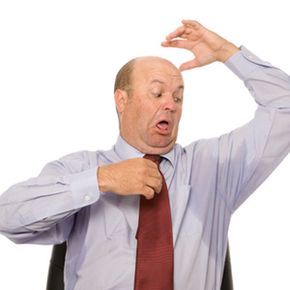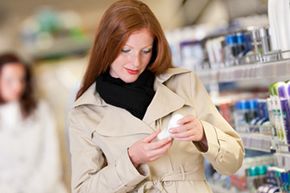There's a time and a place for everything, so the old saying goes, and most people seem to believe that the time and place for excessive sweating is limited. We're willing to sweat up a storm at the gym, on the ball fields or running through the park, but to show up at a job interview or a first date with tell-tale signs of sweat is more than most of us can bear. A study conducted by the International Hyperhidrosis Society explored the social stigma of sweat, with 66 percent of respondents claiming that visible sweat made them think a person was nervous, while 49 percent believed those showing excessive sweat to be overweight [source: Newman].
Though sweat is a natural and healthy bodily process, people have demonstrated that they're willing to pay any price to get rid of it. In 2008, Shizuka New York Spa unveiled the "Underarm Overhaul," a $1,500 treatment that included a deep cleaning of the armpits, waxing and Botox injections to paralyze the sweat glands for six months [source: Morago]. But even those without thousands of dollars to throw around have proved willing to splurge on underarm protection, despite an economic downturn. In early 2009, the New York Times reported that major deodorant brands were seeing higher revenues, thanks to sales of clinical strength antiperspirants [source: Newman].
Advertisement
Clinical strength antiperspirants can cost twice as much as their conventional counterparts, which accounts for the higher revenues (unit sales of deodorant were actually down, but the ones that were sold were more expensive) [source: Newman]. Though Secret Clinical Strength paved the way, most deodorant brands now have a clinical strength option, including Gilette, Degree, Dove, Arrid and Sure. The success of these products show that people are willing to spend more for the promise of increased sweat protection. But do they get their money's worth, or is that promise of clinical strength protection just a big stink?


